Gartner Predicts 25% of Organizations Will Use Secure Enterprise Browsers to Enhance Remote.........
By 2028, 25% of organizations will augment
existing secure remote access and endpoint security tools by deploying at least
one secure enterprise browser (SEB) technology to address specific gaps,
according to Gartner, Inc.
Threat actors frequently target employees with
phishing attacks to steal credentials and bypass endpoint detection and
response controls, necessitating an additional layer of visibility and control
within the web browser.
“Web browsers are the primary access method
for most modern corporate applications and provide an endpoint-agnostic
enterprise security control point,” said Max Taggett, Sr Principal Analyst at
Gartner. “Security leaders can use a SEB to reduce risk and improve the digital
experience.”
Currently, Gartner estimates that less than
10% of organizations have adopted a SEB. Organizations that primarily rely on
SaaS applications, with minimal branch locations or cyber physical systems to
secure, need a simpler method of managing security technology than traditional
security stacks. SEBs fulfill that need.
In addition, SEBs enable segmented access from
unmanaged or lightly managed end-user devices and bring-your-own PC, where
deploying endpoint agents would be inappropriate due to privacy or maintenance
reasons.
“SEBs embed enterprise security controls into
the native web browsing experience using a customized browser or extension for
existing browsers, instead of adding bolt-on controls at the endpoint or
network layer,” said Evgeny Mirolyubov, Sr Director Analyst at Gartner. “SEBs
also enable segmented access to SaaS applications tunneled directly from web
browsers, minimizing the need for full endpoint agents and tunnels.”
Organizations deploying SEBs can:
Enforce enterprise security policies and gain
web traffic visibility without requiring in-line decryption, potentially
improving application performance and latency.
Support the transition from legacy client
applications to modern SaaS application delivery.
Complement or reduce reliance on VPNs and
VDIs, and desktop as a service for organizations prioritizing remote or
third-party work and cloud delivery.
Augment antiphishing and credential theft
protection capabilities, such as protection against reuse of corporate
credentials on unauthorized or phishing websites, on devices where browser
usage is restricted to selected SEBs.
Enhance visibility and reporting of web
application usage, performance and employee behavioral analytics for lightly
managed or unmanaged devices, and for organizations without a mature DEX
strategy.



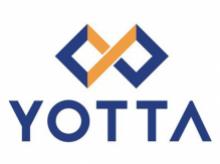

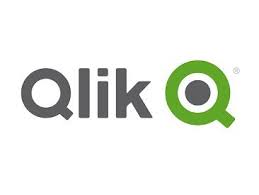



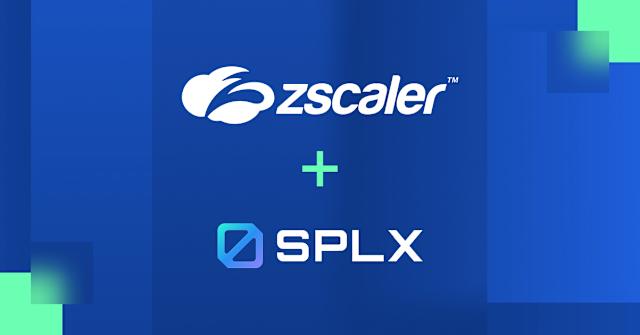





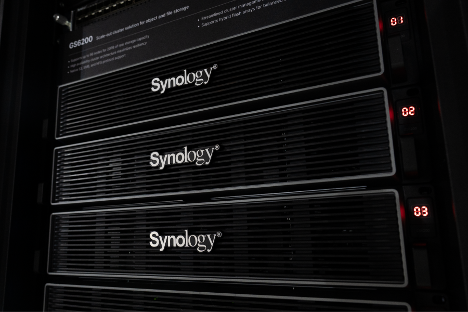








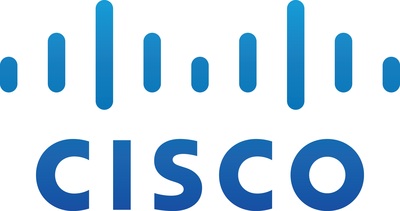









Leave A Comment